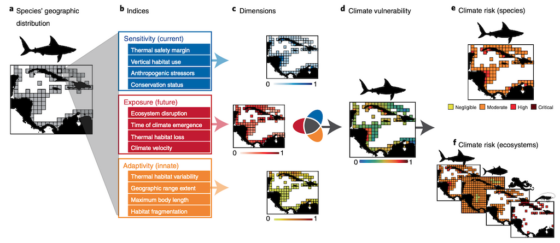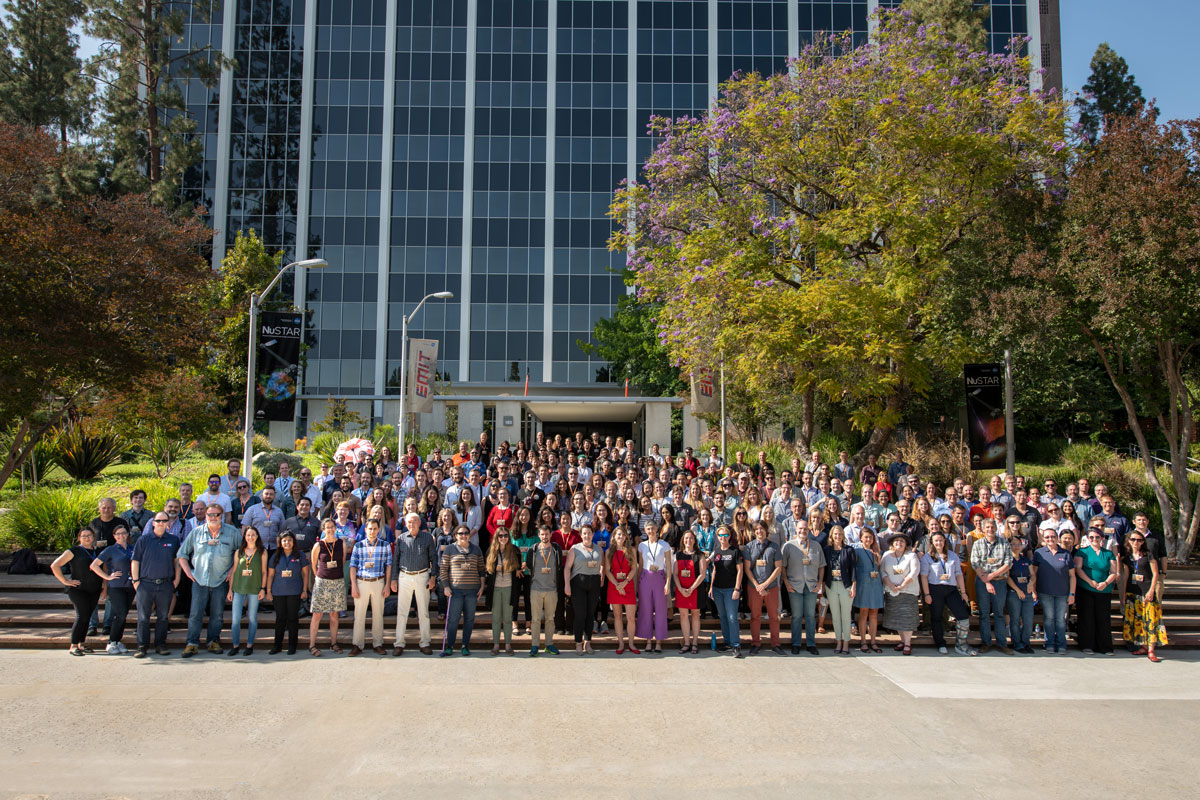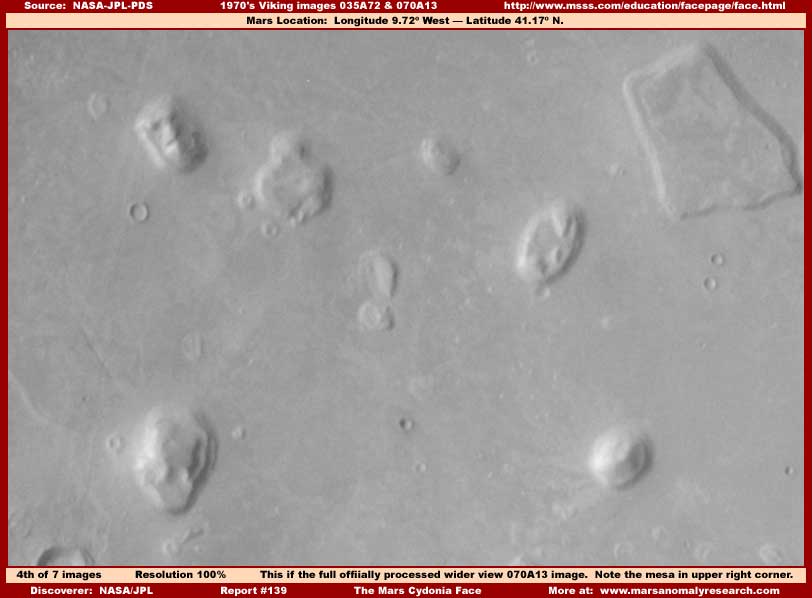
"The image enhancement results indicate that a second eye socket may be present on the right, shadowed side of the face fine structure in the mouth suggests teeth are apparent." Carlotto, writing in Applied Optics, presents the results of his analysis of the photos of this engimatic "face." It would be a terrible loss if, among all our careful searching through the data, we missed the thing we had been searching for because it was too easily dismissed as a trick of the light.The face on Mars does not seem to go away! Could it, after all, really be artificial? M. But we must remain alert to the possibility that one day we might find archaeological evidence of past life on Mars.Īdmittedly, this seems very unlikely. Similarly, when we see a doorway, or a face, or a spoon, on Mars, it’s all too easy to dismiss it out of hand. The problem is that if someone presents me with a photo purporting to show a flying saucer, I know that the odds overwhelmingly favour it being a fake, and so I’m likely to dismiss it rather than wasting my time examining it carefully. Is there evidence aliens have visited Earth? Here's what's come out of US congress hearings on 'unidentified aerial phenomena' In among the rubbish, perhaps there may be one or two photos or videos that really could stretch our current knowledge. But as scientists, we must keep an open mind. The vast majority of these photos are probably fakes, or mistaken photos of familiar objects such as weather balloons. Meanwhile, we continue to be bombarded with photos purporting to show UFOs (Unidentified Flying Objects) or UAP (Unidentified Aerial Phenomena). But nearly all our searches have been on the nearest few stars, and so in a sense the search has barely started. For years, SETI scientists have been searching the skies for signals from other civilisations, but so far we have found nothing. There’s a similar story with the broader search for extra-terrestrial intelligence (SETI). But suddenly finding an artefact such as a doorway, or a spoon, seems unlikely. We may yet find some fossilised relics of ancient cellular life. It is still possible there may once have been life on Mars. And despite decades of searching for evidence of life on Mars, we have found nothing. The search for ET has been going on for years: so what do we know so far?įollowing this maxim, scientists seeking evidence of extra-terrestrial life demand much stronger evidence, than, say, someone looking for a geological formation.

As astronomer Carl Sagan said, extraordinary claims require extraordinary evidence.

If I were trying to do a cover-up, I wouldn’t be releasing the photos! So a conspiracy doesn’t seem very likely.īut there’s also a lesson here for serious searchers for alien life. Reasonable explanations won’t deter the conspiracy theorists who say the doorway really is evidence of life on Mars, and maintain that scientists are engaged in some sort of cover-up.

And getting false positives – seeing a predator where there is none – is better than not seeing a predator who then eats you. We likely evolved this tendency because spotting important things like predators or faces, even when the light is poor or they are partly obscured, gave us an advantage. Holy grilled cheese sandwich! What is pareidolia? Scientists call our tendency to do this “ pareidolia”. The sad fact is that when presented with an unclear or unfamiliar image, humans try to turn it into a familiar-looking object. And who hasn’t seen a face in the clouds?

Worse, the “doorway” joins the even longer list of wacky images like the cornflake that looks like Australia, the cats that look like Hitler, and so on. On closer examination, each turned out to be a natural geological formation. The face on Mars, the spoon on Mars, and the cube on the Moon.


 0 kommentar(er)
0 kommentar(er)
